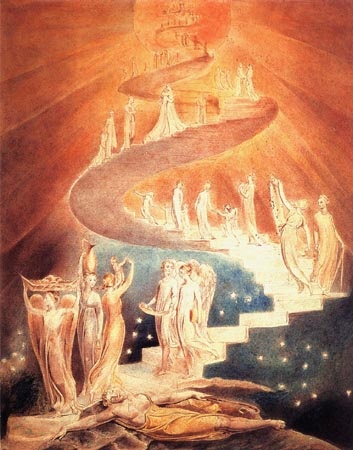Returning to Love
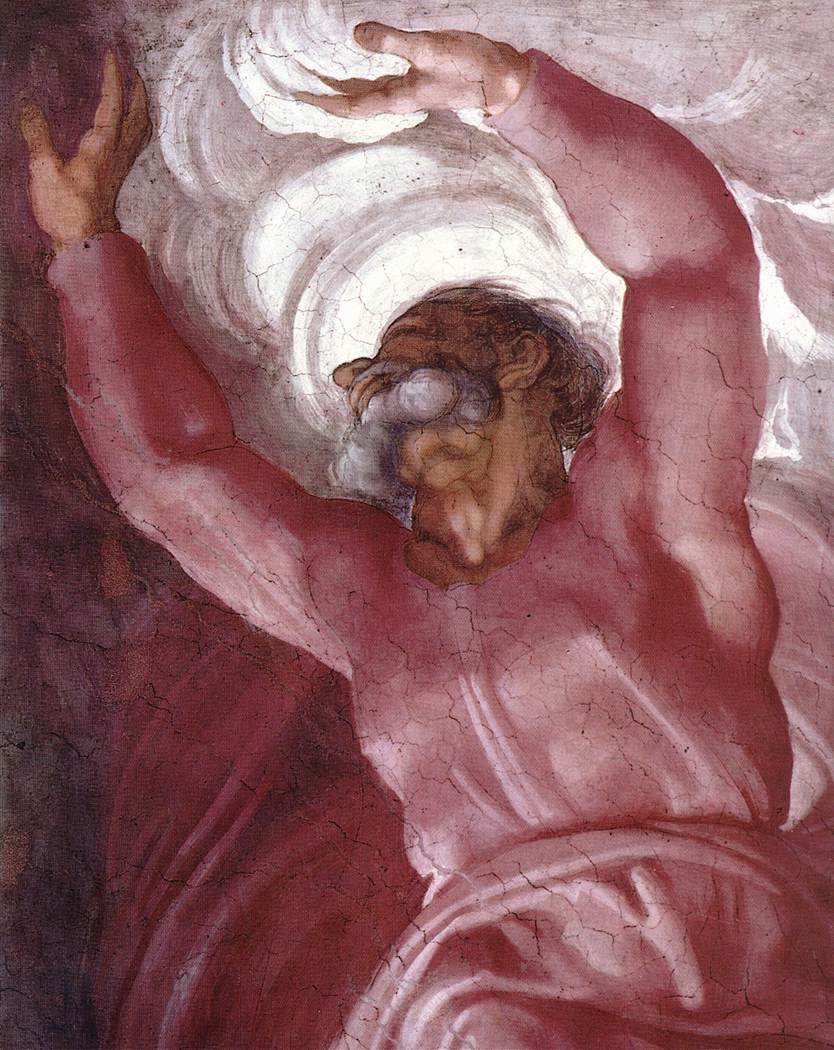
Suppose a worshipper were to stand up in Meeting for Worship (or during announcements in a mainline church) and call out "Repent! This nation must turn away from its sins! Its hands are full of blood! If we fail to change our evil ways, the day of God's wrath will surely come upon us!"
Almost anyone there would feel the tension rising, see the other persons present stiffen. If the old-fashioned prophet went on with more of the same, another worshipper, or the pastor, might stand up and quiet her or him with a tactful word of thanks or something equally soothing; the discomfort in the room would begin to subside. Almost surely the prophet's message would be wasted words.
Now suppose that our prophet, instead of using the idiom of two thousand-plus years ago and half a world away, used contemporary language and references. Suppose that s/he described the terrible suffering of "food" animals in factory farms and killinghouses, making the connection concrete: the blood on our plates is blood on our hands. And imagine that s/he was so au courant as to cite the United Nations agricultural report of November 2006, which makes a strong case that the chief contributor to global warming--with its impending violent storms, rising oceans, and millions of deaths and refugees--is none other than animal agriculture. (See NewsNotes below.) A final word from the prophet that we thus face the wrath of Gaia if we do not change our collective lifestyle and stop eating animal products would --unlike the word of the first prophet--make undeniable sense to the hearers.
But the level of tension and discomfort in the room would very likely be nearly the same as in the first case. And in all probability the message would, for most hearers, be equally lost. If this second prophet were to persist in the ensuing months and years, s/he would probably find that a few respond, some become offended and resist, and most dismiss and forget the message, going on with their cheese casseroles and their pot roasts, even in Meeting- or church-potlucks. Whether understood or not, the call to repentance--t'shuvah, meaning Return in Hebrew--is not popular. Previous issues have dealt with this concept before, concentrating on the courage required to return to one's true self.
The pain which the majority's rejection of the call to Return causes the prophet is all too familiar to readers of The Peaceable Table, and has also been discussed in previous issues. In order to deal with the grief and anger that arise from this feeling of the betrayal of the Good News, and yet heed our own message to live in harmony and love with all our neighbors, we also need to Return, not once but many times. We have undergone the painful central experience of Return: we have acknowledged our bloody hands of past years, and stopped killing and eating our fellow animals. We may not all have accepted divine forgiveness, however, or forgiven ourselves; for some, self-hatred may be an unconscious element in their prophetic message, giving it a hostile edge which contributes to defeating its purpose.
In fact, divine forgiveness is a mystery, past finding out by incarnate minds, for it cannot be complete unless it includes forgiveness by the dead. We can investigate the possibilities that the consciousnesses of nonhuman (and human) animals survive death (AnimalsAngels, Apr. 06 PT; also May and June '06). But even if we conclude that survival is probable, there will still be light-years of ignorance separating us from the truth. In order that, in Gandhi's terms, we may become the change we seek, it is imperative that we affirm by faith what we cannot understand: we must accept the forgiveness of the animals, united in God's forgiveness, and enact it in our own lives as forgivingness.
We cannot do this without Returning on a daily basis--in fact, every time the horrors of the system impact our conscious minds, and we feel the pain and anger arise again. As Fanny Crosby and William H. Doane's lovely hymn has it, "Hear the voice that entreats you, / O return ye unto God! . . . . He [She] is of great compassion, / And of wondrous love . . ." We cannot really forgive, be healed, and become healers, without that wondrous love. Some gifted persons such as Francis Thompson (see Poetry below) and George Fox have a door ajar in their minds that enables them at times to experience the divine Presence, or that of angels or other finite spiritual beings, and to perceive this healing love flooding their being. (Before envying them, one should know that the gift is also likely to make them unstable, and susceptible to addictive substances and/or negative energies and presences.) Others may feel the loving Presence once in a lifetime, or never, and be left to struggle with their anger and grief supported only by faith in Love's reality and power, and by like-minded friends. Inability to perceive Divine Love is not a fault; it seems, for most people, to be a part of being physical.
Whether one has such a gift or not, the discipline of a daily spiritual practice of reading and prayer/meditation is indispensible. Quakers and other persons of faith may be accustomed to silent prayer and meditation, but may not be engaging in it daily, or may find that it has grown dry and empty. Reading, a spiritual director, a supportive prayer/meditation partner or small group may help; or one may just have to keep on keeping on. For those who have no spiritual tradition to guide them, there are many parallel paths, both Eastern and Western, to this incarnation of Infinite Love in the inner self. Send out a prayer for guidance every day; read; seek every day, and ye shall find.
"O Return ye unto . . . . Love. . . "
--Gracia Fay Ellwood

 In late December 2006, there were reports of three events that dramatized that global warming is occurring, and that it is happening far faster than climate scientists expected. The first is that an inhabited island was completely evacuated because it had been inundated by rising sea waters, leaving 10,000 people homeless. In the second case, a giant ice island, 120 feet thick and 2,500 square miles in area, was found to have broken free from a Canadian Arctic ice shelf. In the third, the Bush Administration, which had been resistant to reacting to global warming, announced that polar bears are in jeopardy, mainly due to thinning ice; they moved to put them on the threatened list and to take steps to protect them.
In late December 2006, there were reports of three events that dramatized that global warming is occurring, and that it is happening far faster than climate scientists expected. The first is that an inhabited island was completely evacuated because it had been inundated by rising sea waters, leaving 10,000 people homeless. In the second case, a giant ice island, 120 feet thick and 2,500 square miles in area, was found to have broken free from a Canadian Arctic ice shelf. In the third, the Bush Administration, which had been resistant to reacting to global warming, announced that polar bears are in jeopardy, mainly due to thinning ice; they moved to put them on the threatened list and to take steps to protect them. 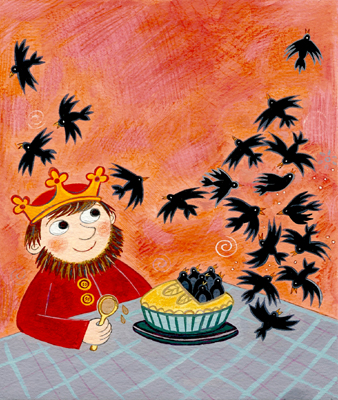 Sing a song of sixpence
Sing a song of sixpence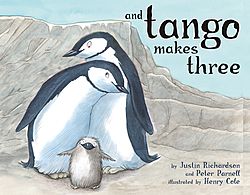 Remember Chinstrap penguins? Viewers of Happy Feet saw some of them in the zoo scenes; their markings resemble a hooded cloak held on by a narrow strap. Like the more familiar Emperor penguins, they give each other pebbles as courting gifts; unlike Emperors, they build a nest from pebbles, where they sit on their eggs.
Remember Chinstrap penguins? Viewers of Happy Feet saw some of them in the zoo scenes; their markings resemble a hooded cloak held on by a narrow strap. Like the more familiar Emperor penguins, they give each other pebbles as courting gifts; unlike Emperors, they build a nest from pebbles, where they sit on their eggs. 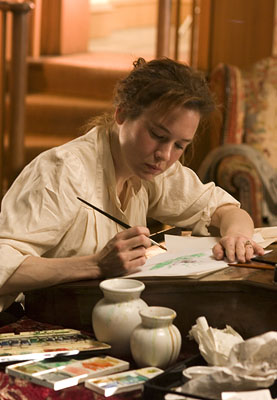 The film begins in 1902 with Miss Beatrix Potter in her carriage drawn by impossibly white horses setting out--not to attend a ball (at 32 she is quite an Old Maid) but to peddle her first children's story, Peter Rabbit, to publisher Frederick Warne & Co. The movie takes some liberties with facts: historically, when one myopic publisher after another turned the book down, Beatrix self-published it. Happily, it sold out several editions, which enabled her to negotiate with the Warne brothers from a position of strength. In the film, her frustrations with the folly of the male-dominated publishing world are depicted via contemptuous treatment by the elder Warnes, who are sure the book will be a flop, but accept it only in order to give the newest member of the firm, younger brother Norman, something to do: to gain some experience if not to make much of a profit.
The film begins in 1902 with Miss Beatrix Potter in her carriage drawn by impossibly white horses setting out--not to attend a ball (at 32 she is quite an Old Maid) but to peddle her first children's story, Peter Rabbit, to publisher Frederick Warne & Co. The movie takes some liberties with facts: historically, when one myopic publisher after another turned the book down, Beatrix self-published it. Happily, it sold out several editions, which enabled her to negotiate with the Warne brothers from a position of strength. In the film, her frustrations with the folly of the male-dominated publishing world are depicted via contemptuous treatment by the elder Warnes, who are sure the book will be a flop, but accept it only in order to give the newest member of the firm, younger brother Norman, something to do: to gain some experience if not to make much of a profit. 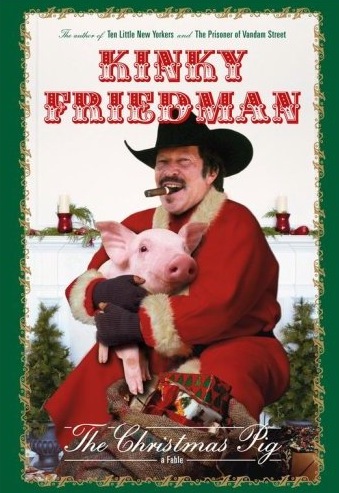 A rather unstable king commissions an autistic boy, who has great artistic talent, to paint a Nativity scene in time for the royal Christmas celebration. The boy, named Benjamin, is given to having psychic visions. At one point he sees Jesus washing his wounds in a lake, while the water-birds joyfully celebrate around him. Later we learn that those feathered eyewitnesses to that sacred moment have been exterminated by hunters. Similarly, we learn that Valerie, Benjamin's porcine friend who inspires him to create an astounding masterpiece, is destined for an equally violent fate.
A rather unstable king commissions an autistic boy, who has great artistic talent, to paint a Nativity scene in time for the royal Christmas celebration. The boy, named Benjamin, is given to having psychic visions. At one point he sees Jesus washing his wounds in a lake, while the water-birds joyfully celebrate around him. Later we learn that those feathered eyewitnesses to that sacred moment have been exterminated by hunters. Similarly, we learn that Valerie, Benjamin's porcine friend who inspires him to create an astounding masterpiece, is destined for an equally violent fate. 2 cups organic whole wheat flour
2 cups organic whole wheat flour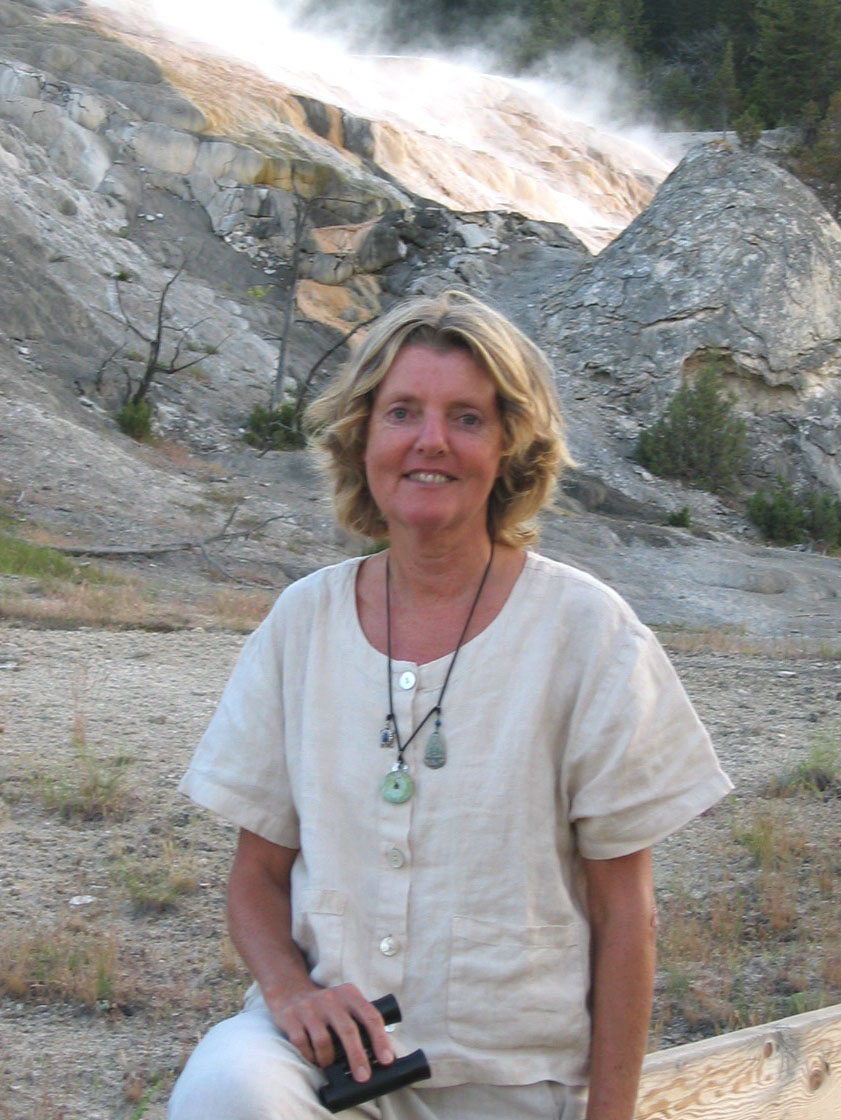 On a sunny day when I was about five years young, I walked from where I lived near Lake Geneva in Switzerland past my favorite shop, a bicycle rental where my mother would sometimes gift me with an afternoon of delightful bicycling. But on this particular day, a painful experience waited around the corner. What I saw was a small dead bird, and since he had gotten hit by something, his body had broken open and showed his inner organs.
On a sunny day when I was about five years young, I walked from where I lived near Lake Geneva in Switzerland past my favorite shop, a bicycle rental where my mother would sometimes gift me with an afternoon of delightful bicycling. But on this particular day, a painful experience waited around the corner. What I saw was a small dead bird, and since he had gotten hit by something, his body had broken open and showed his inner organs.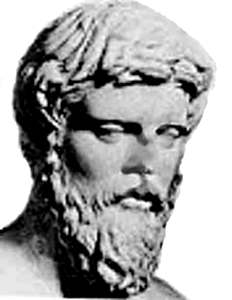 Plutarch (46-120 C.E.), one of a number of philosophers in ancient times who gave much thought to the ethics of diet, was a highly celebrated historian, biographer, and essayist. Among his voluminous writings, Parallel Lives is a standard biographical source for major Greek and Roman figures, and his Moralia is a collection of some sixty essays on moral, ethical, political, and religious topics.
Plutarch (46-120 C.E.), one of a number of philosophers in ancient times who gave much thought to the ethics of diet, was a highly celebrated historian, biographer, and essayist. Among his voluminous writings, Parallel Lives is a standard biographical source for major Greek and Roman figures, and his Moralia is a collection of some sixty essays on moral, ethical, political, and religious topics. 